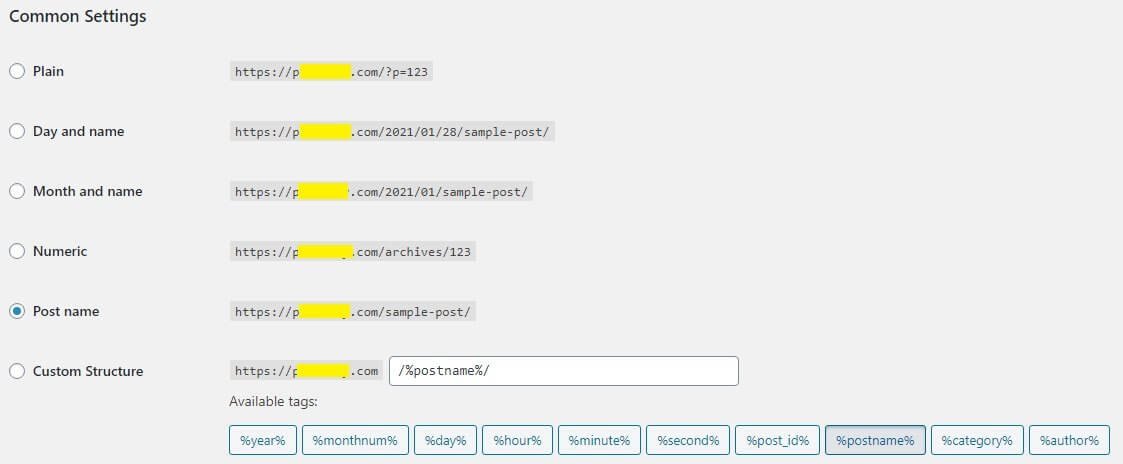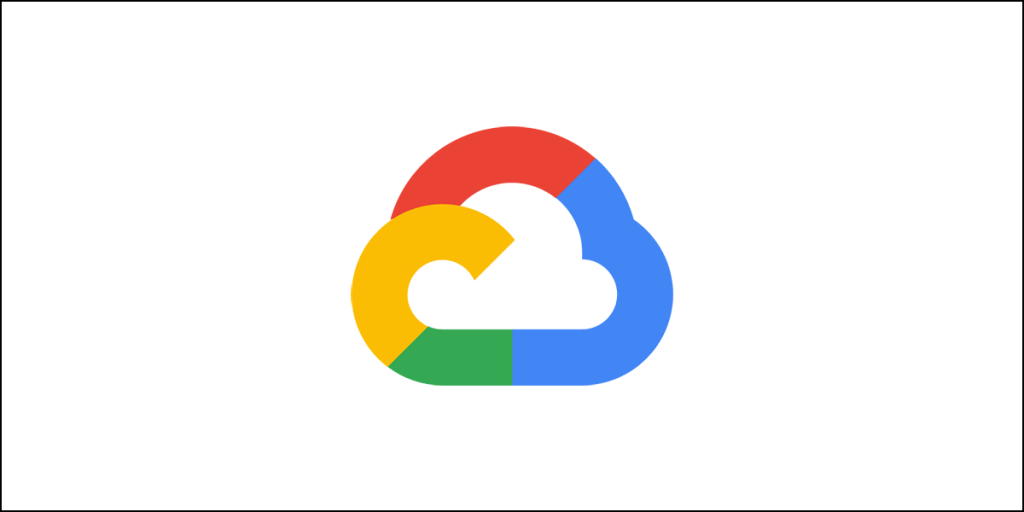What is a Website URL? Learn Everything Today
What is a website URL? You come across this acronym quite often, don’t you? Everyone who uses the internet learns about a lot of such acronyms, and perhaps, URL is the commonest of all.
In this write up, we will take a closer look at this acronym – the ‘URL.’ We will start with the basic understanding and then move over to more complex stuff.
So, take your time to digest everything. There is no reason for anyone to hurry! It is all in black & white and you can learn it at your own pace.
Let’s begin!
What is a URL?
The acronym URL stands for Uniform Resource Locator. This means that a URL specifies the location of a specific webpage, website, or a file on the Internet.
For instance, this website (Cloudzat) can be found at the location https://cloudzat.com. That’s the unique URL of the whole website.
Again, if you are looking for a specific webpage of this website, the URL will change! For example, if you click on this URL: https://cloudzat.com/how-to-start-a-blog/, you will reach a specific webpage where you can find an article on how to start a blog. But if you just type in https://cloudzat.com, you will reach the homepage of the website.
Every URL you encounter on a day-to-day basis will have different parts, each of which play a very important role in SEO (search engine optimization), and even in your website’s security.
It is not very unusual for people to not think about the URLs. They don’t tend to remember most of them. They will remember only a few that they frequently visit, but for the rest, they don’t even bother.
In case you are starting your blog or website, you have to worry about a lot of things whether your readers care to remember your URL or not. You need to understand how it all works and take steps to ensure that everything is exactly the way they should be.
So, without further ado, let’s start by breaking down a URL and understanding the different parts.
The Parts of a URL and What They Mean
Any URL will have three most important parts. Those are:
- The protocol
- The domain name
- The path
The Protocol
Let’s start with a sample URL from this website: https://cloudzat.com/how-to-start-a-blog/.
You most likely don’t pay attention to the very first part of the URL. I am referring to ‘https://.’
This part that you or most of the people who ignore it is actually the most important part of a URL. This is what is known as the ‘protocol.’
It is this protocol that tells the web browser of a visitor how it should be communicating with the server where the website is located. Communication simply means sending and receiving information.
A URL will not work without a protocol.
Traditionally, websites used HTTP (http://) or the Hypertext Transfer Protocol. You will still see many websites still using this version.
Things changed later and a push was made for HTTPS (https://) or Hypertext Transfer Protocol Secure.
HTTPS does the exact same thing as the HTTP protocol except that HTTPS encrypts that data that travels back and forth between the website’s server and the browser of the user. The encryption keeps the data secure and prevents hackers and other malicious actors from eavesdropping and stealing information.
Any website that uses the HTTPS (https://) protocol gets a padlock sign next to the URL. You can see this padlock sign irrespective of the browser you are using. You can use Google Chrome, Microsoft Edge, Mozilla Firefox, Opera, or just about any web browser. You will see the padlock sign if the website uses the HTTPS protocol.
Here is an example of how it looks like on Opera:

Notice the padlock that I highlighted using a green box. You can see a similar padlock in every browser.
Here is how Firefox shows it (highlighted using a yellow box):

Note how Opera doesn’t show you the protocol, but Firefox does. Even if you are not seeing the protocol, the padlock should be a clear indication that URL you are visiting is using the HTTPS protocol and that the data is secured using encryption.
If you are building a website, it is important that you implement the HTTPS protocol. Google prefers the websites that have HTTPS implemented. From SEO perspective, if your website has HTTPS, your website will perform better than those that have not implemented HTTPS.
Luckily, most of the web hosting companies now offer free SSL from Let’s Encrypt. You can implement the SSL certificate (which is responsible for the HTTPS protocol) with just a few clicks.
The Domain Name
The domain name is the second part of any URL. Let us take the above example again. Look at the URL: https://www.cloudzat.com/how-to-start-a-blog/.
The part that has is highlighted with bold text is the domain name. In this case, the domain name is Cloudzat.com (this website).
A domain name is none other than the identifier for a specific site. If you type in Cloudzat.com in your web browser, you will reach this website. You will not be reaching Wikipedia.org! That’s because Cloudzat.com is the identifier for this and this site only! It is not the identifier for Wikipedia.org.
The moment you type in the domain name into your web browser, you will reach the homepage of the website. You will not reach any other location of the website. You will always reach the homepage with the domain name!
The domain name can have two or three parts.
Some websites will have www while others may not have www. Trust me, www has no technical significance and the presence or absence of www doesn’t make any difference. It doesn’t even have any SEO significance.
This website has www in the domain name. So, www.cloudzat.com is no different from cloudzat.com.
This is the reason why I said that the domain name may have two parts or three parts. The first part is www, which may be present or may be missing.
The next part (which might very well be the first part as well) is the actual name of the website. In this case the name is Cloudzat.
You need to pay attention while choosing the name. There are a few things you need to keep in mind. Here is what you should consider:
- The name you are selecting reflects the content theme of the website.
- The name is unique and attractive.
- The name is easy to remember.
- The name should not be too long. Not only it is difficult to remember a long name, but also difficult to type.
In case you are unable to come up with a great name, you can always use third-party services like Domain Wheel or some other domain name generator.
Finally, we have the last part of the domain name, which is the TLD or the Top-Level Domain. The TLD refers to anything like .net, .com, .org, .edu, etc. Some TLDs are reserved for government, military, etc. You cannot use them.
When you register a domain name, you need to provide your preferred TLD. Your domain name registrar will show you the list of all TLDs available. In fact, barring a few reserved TLDs there are thousands of TLDs that you can use.
The Path
This is the last part of the URL. It is the part that you see after the domain name (including the TLD). In the example URL I took, the path is highlighted using bold text:
The bold part is known as the path. This is the part that directs the web browser to a specific webpage.
Some URLs may have additional information in the path. For example, if you see something like this: https://somewebsite.com/category1/a-random-article/, the URL is actually leading the web browser first to the category and then to the article in that category.
Some URLs don’t show the category part of the path. That’s done only to simplify the URL. The absence of the category part of the path doesn’t mean that it is not there. Behind the scenes, the browser knows the category in which to look for the article.
The simplification of the path is only for the human readers who may find it difficult to remember the entire path.
If you are using WordPress, you will find options for setting the permalink structure. You can access the settings from Dashboard >> Settings >> Permalinks.

The structure that Cloudzat uses is Post name, which means that the URL will have the name of the post directly after the domain name. It will ditch the category archive name or date or any other data that is not very relevant for the readers.
The last part of the URL, that is the ‘path’ is also known by the name ‘slug.’
Guess what, the structure that you select for your URLs will determine how clickable they appear to readers.
For instance, this URL: https://cloudzat.com/how-to-start-a-blog/ immediately tells a reader that the blog post tells how to start a blog. Imagine what will a user think when he or she sees a URL structure like this: https://cloudzat.com/?p=2578.
The reader cannot understand what he or she will find when he or she clicks on the URL. It can be anything! Such a URL structure will repel the users and they will consider clicking on some other website’s URL that gives a proper and clear hint about the content.
So, choose your URL structure wisely. It will have a lot of impact on your overall traffic.
Conclusion
It is easy to overlook the importance of the URL. Many people make that mistake. You shouldn’t do that! It is essential that you think from the perspective of a real visitor who will be visiting your website.
The first concern a visitor will have is whether his or her information is secure or not. The padlock sign gives that confidence. So, make sure that you are using the HTTPS protocol.
The next thing is that your website should have a memorable name that people can easily remember. This allows users to quickly visit your site by bypassing the need for searching a content piece through a search engine.
Finally, the path should immediately tell the users about what they are going to find on the webpage. If the information is not clear or the path looks cryptic or unintelligible, users are most likely going to avoid your website and never visit it again.
FOCUS ON YOUR URL STRUCTURE!!

